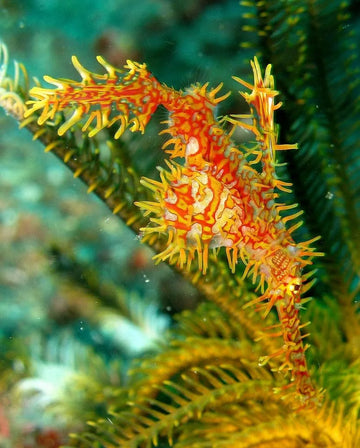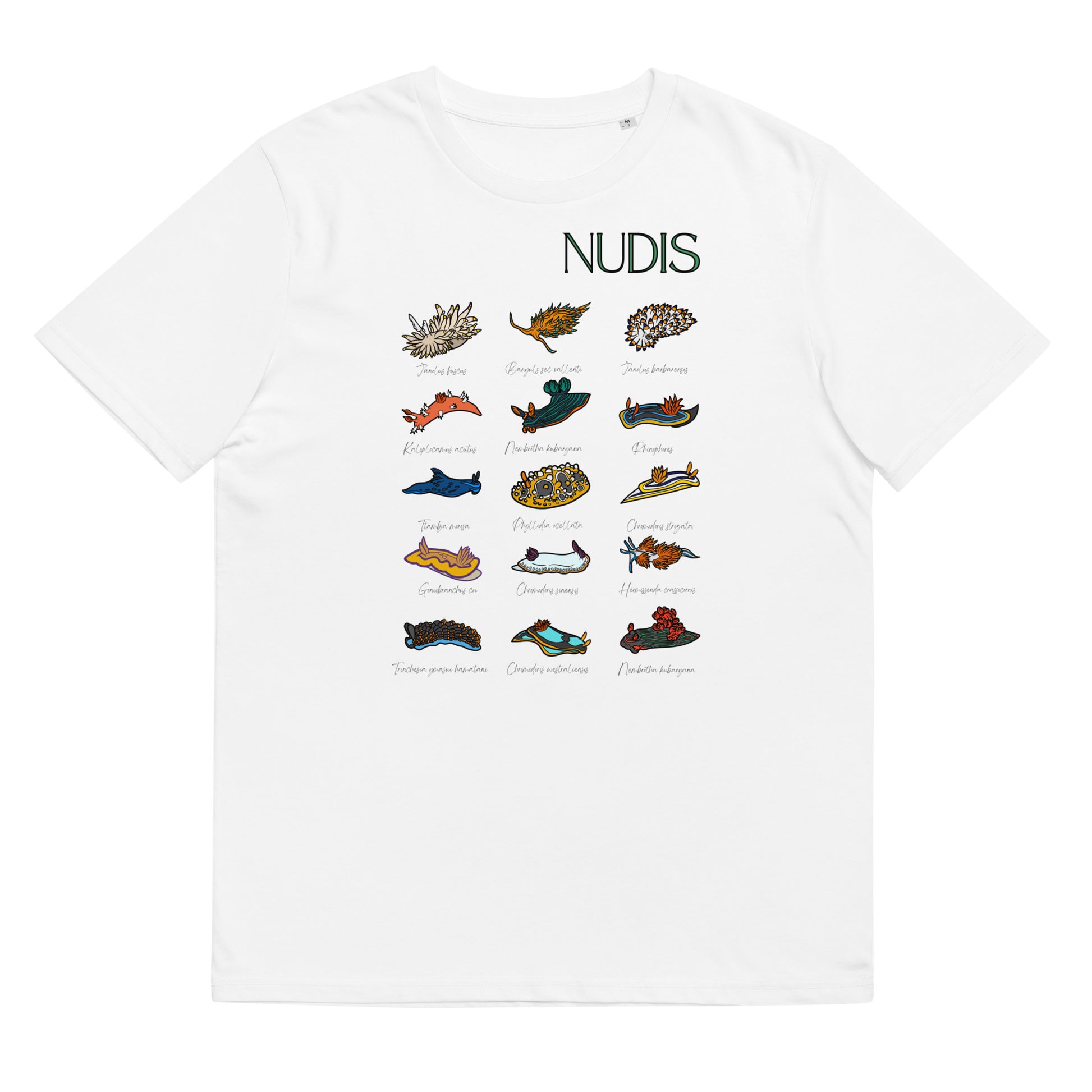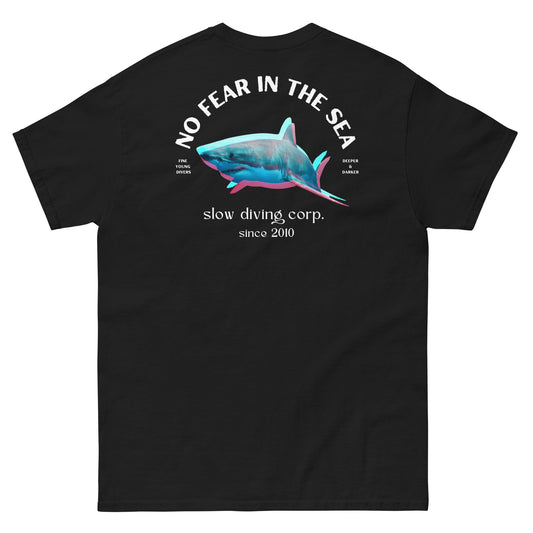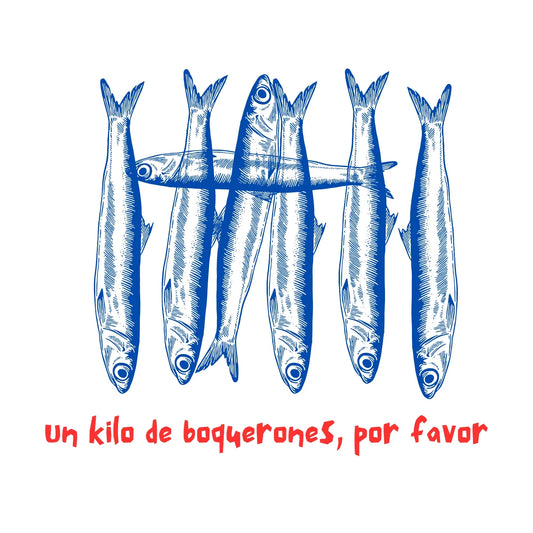The underwater world is teeming with precious creatures that have to struggle every second to survive. Evolution has gifted many species with an extraordinary ability to blend into their surroundings, making their lives easier both for obtaining food and avoiding being preyed upon by others. Here's our top 10 list of underwater animals that have developed remarkable camouflage abilities to survive.
1. Frog fish



The frogfish inhabit tropical and subtropical regions of the Atlantic, Pacific, Indian Ocean, and the Red Sea. They are highly popular in the Lembeh Strait and Komodo in Indonesia. Their shape, texture, and coloring mimic coral reefs and sandy bottoms where they live, and they patiently lie in wait on the surface, ready to engulf any unsuspecting prey that ventures too close with their enormous mouths. Within the frogfish family, there are curious members that have developed an appendage on their heads, which they use as a lure to attract prey into their mouths—a true marvel of evolution.
T-shirts designed by divers for divers
VIEW MORE T-SHIRTS FOR DIVERS
2. Pygmy Seahorse


The smallest of seahorses is a fragile and slow swimmer that only has one chance to survive on the reef: by going unnoticed. Its strategy is to mimic its sole habitat, the gorgonians, and resemble them as closely as possible, even simulating the polyps on its body of this cnidarian. If our eyes are trained, we can spot it on reefs around the Coral Triangle: Philippines, Indonesia, Papua New Guinea, or Australia.
And yes, we also have a pygmy seahorse T-shirt XD.
3. Wobbegong Shark


The wobbegong shark or carpet shark spends its day settled on the seabed, practically invisible due to the color of its skin and flattened body shape. Mimicking its surroundings, including rocks, sandy bottoms, and even corals, it waits for the moment to catch anything passing by and engulfs it with its enormous mouth. Known as the "shark that eats sharks," it inhabits shallow Pacific and Indian Ocean bottoms, mainly in Australia and Indonesia.
4. Stonefish


The stonefish is the most poisonous fish in the ocean. The purpose of its excellent camouflage, mimicking the texture and color of shallow coastal rocks, is to be invisible to both its prey (it's a poor swimmer) and predators. It has thirteen spines on its dorsal fin that inject a deadly neurotoxin, even fatal to humans. It can be stepped on, mistaking it for a rock, causing intense pain and, without urgent treatment, death. It's quite common in Australia, where every year 25 people need urgent treatment for stings from this fish.
5. Shrimp


Shrimps are too small, fragile, and appealing not to be desired by any reef inhabitants. Two of the shrimps that have adapted best to survive are the commensal anemone shrimp, which has a transparent body, making it practically invisible, and the emperor shrimp, which lives on the poisonous nudibranchs and even "mimics" their coloring to avoid being discovered.
T-shirts Designed by Divers for Divers
SEE MORE NUDIBRANCH T-SHIRTS
6. Flounder


Flounders are camouflage masters that avoid detection by their prey and predators by "copying" the shape and color of the sandy bottom where they live. One of the flounder families, Bothus mancus, has the ability to change color in just eight seconds if the new scenario requires a different camouflage.
7. Biocellate Goby


The tiny biocellate goby has few chances of surviving an attack from a larger fish... unless it tries to intimidate by appearing bigger. When threatened, it extends its dorsal fin, where a pair of "eyes" that simulate a larger fish's eyes stare at the opponent, making them think twice about attacking. We can find them from the Philippines to the Solomon Islands, Vanuatu, the southern Great Barrier Reef, and Palau (Micronesia).
8. Ghost Pipefish


Ghost pipefish are related to seahorses and, true to their name, they are capable of going completely unnoticed right next to you. These fish sway in the ocean current, simulating corals or algae to avoid being engulfed. To complete their camouflage, they are adorned with shapes and colors that mimic coral polyps or vegetation. They are usually found in a vertical position, which adds credibility to their disguise.
9. Scorpionfish

Among the numerous scorpionfish family, there are two specimens that have managed to appear motionless to avoid attracting attention in the muddy bottoms of Indonesia. Both the leaf scorpionfish and the leafy scorpionfish resemble detached leaves and spend their lives resting on the seabed, swaying with the current. They are highly sought after in the realm of muck diving, such as the Lembeh Strait in Indonesia.
10. Octopuses

We've saved octopuses for last because they are undoubtedly the kings of marine mimicry. Cephalopods are the most intelligent creatures in the ocean, capable of imitating textures, colors, shapes, and even the appearance and behavior of other animals, like the mimic octopus, which imitates the shape of venomous creatures such as sea snakes or lionfish to confuse its predators.
























